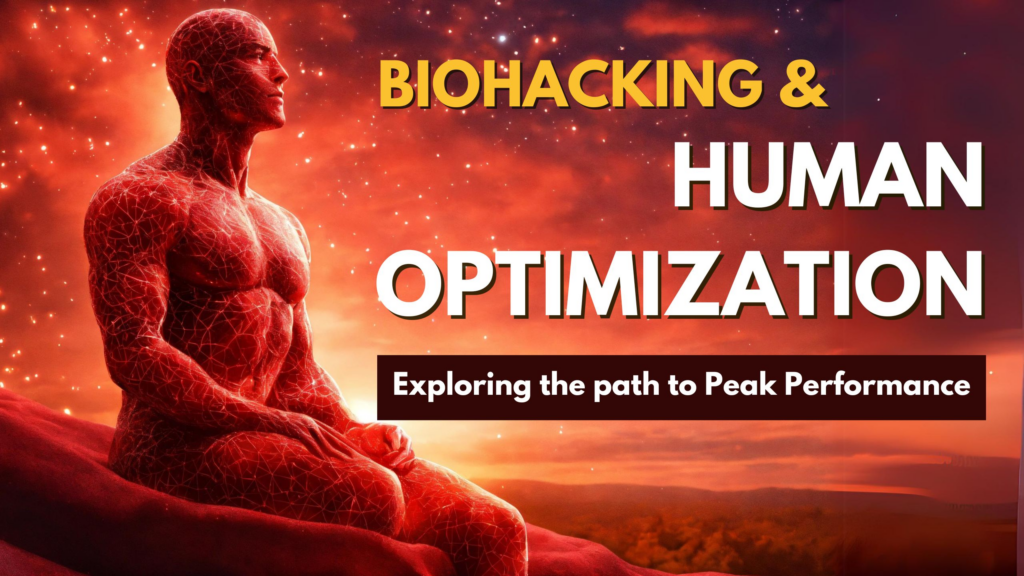The fitness landscape is changing rapidly in 2025. New technologies, advanced scientific research, and a focus on holistic wellness are reshaping how people approach exercise and health. Traditional gyms or static routines no longer confine fitness; it has evolved into a highly personalized, immersive, and sustainable experience.
AI-Powered Personal Training
Artificial Intelligence is redefining fitness coaching. AI-driven platforms analyze individual metrics like body composition, fitness levels, goals, and preferences to create personalized workout plans. Like conventional training programs, AI personal trainers modify routines constantly according to performance data and feedback.
AI-powered fitness has numerous benefits. Personalized programming maximizes efficiency, decreases injury risk, and supports goal-specific outcomes. Fitness apps and tools like Freeletics, Fitbod, and Tempo use AI algorithms to deliver personalized workouts and progress tracking.

Virtual Reality (VR) and Augmented Reality (AR) Workouts
In fitness, Virtual Reality and Augmented Reality are immersive workout experiences that users love. They transport participants to virtual environments – whether cycling through the countryside or engaging in interactive combat training. VR and AR take the boredom out of traditional workouts.
Apps like Supernatural, Les Mills Bodycombat VR, and AR-enhanced home fitness mirrors offer gamification elements to make users work while having fun. With this shift to immersive, interactive fitness, people are redefining what exercise is and how they stick to it.
Wearable Fitness Tech and Smart Gym Equipment
Wearable fitness has moved beyond step counters. Modern fitness trackers record heart rate variability, sleep patterns, oxygen saturation, and stress. Devices like WHOOP, Oura Ring, and Apple Watch collect data during workouts and recovery.
Meanwhile, smart gym equipment includes AI and biometric feedback. Home gym setups like Tonal and Peloton deliver guided workouts, automatic resistance adjustments, and performance analytics. With data-driven insights, users optimize training efficiency without overtraining or injury risk.
Biohacking for Performance Optimization
Biohacking is gaining prominence as fitness enthusiasts seek to enhance performance and recovery beyond traditional means. Techniques like red light therapy, cold exposure, nootropics, and sleep optimization are becoming mainstream components of fitness routines.

These biohacks improve muscle recovery, increase endurance, and sharpen cognitive focus. Personalized nutrition, based on genetic and microbiome analysis, is also a key element of biohacking.
Fitness enthusiasts can now design individualized plans combining diet, supplementation, and training for peak physical performance.
Recovery-Focused Fitness Trends
Recovery post-workout should not be an afterthought but a cornerstone of fitness strategy by 2025. People use new advanced recovery tools like percussion therapy devices, compression boots, and cryotherapy chambers for faster muscle repair and reduced soreness.
In addition to physical recovery tools, we value improved sleep cycles and stress-reduction techniques, such as mindfulness, for long-term athletic performance and health.
Hybrid Workouts: Blending Online and In-Person Training
Within the fitness industry, we are seeing hybrid workout models combining digital coaching with in-person training. Virtual fitness classes and digital platforms provide flexibility and convenience, whereas in-person sessions offer individualized instruction and social engagement.
Gyms adapt to that model by providing physical facilities and virtual memberships. Users can easily switch between online and offline workouts—no matter where or when they want—and remain consistent.
Sustainable and Eco-Friendly Fitness Trends
The fitness industry is going green. Ethical workout gear made of recycled materials is in high demand. Brands are promoting transparency and making fitness apparel and equipment environmentally friendly.
Gyms are also going green by using less energy for equipment, materials, and workout routines. This approach reduces carbon footprints while promoting health and wellness in a sustainable fitness environment.
Holistic Fitness and Mind-Body Wellness
In 2025, fitness will extend beyond physical strength, embracing a comprehensive approach to well-being. Mind-body wellness practices, such as yoga, breathwork, and meditation, will be integrated into regular fitness routines. These practices address mental health, reduce stress, and enhance emotional resilience.
Functional training aimed at improving mobility, balance, and longevity is also gaining popularity. The emphasis is shifting from purely aesthetic goals to fostering overall well-being, ensuring that fitness supports both body and mind.
Frequently Asked Questions
What are the most popular fitness technologies in 2025?
AI-powered personal trainers, VR/AR workout systems, and wearable fitness trackers lead the most popular technologies shaping workouts in 2025.
Are virtual fitness classes replacing traditional gyms?
Virtual fitness classes complement gyms rather than replace them. Hybrid models allow users to balance online flexibility with the benefits of in-person training.
What is holistic fitness?
Holistic fitness integrates physical training with mental health practices like meditation, yoga, and functional movement, emphasizing overall well-being rather than isolated goals.





